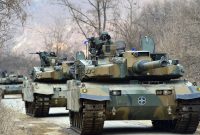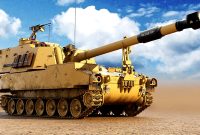Tiger 131 stands as an iconic relic from the annals of World War II, as it represents the last operational Tiger I heavy tank in existence. This formidable war machine, once part of the German Wehrmacht, now resides at the Tank Museum in Bovington, England, where it continues to captivate visitors with its storied history. Tiger 131’s journey from the battlefields of World War II to its current state of preservation is a testament to its enduring significance.
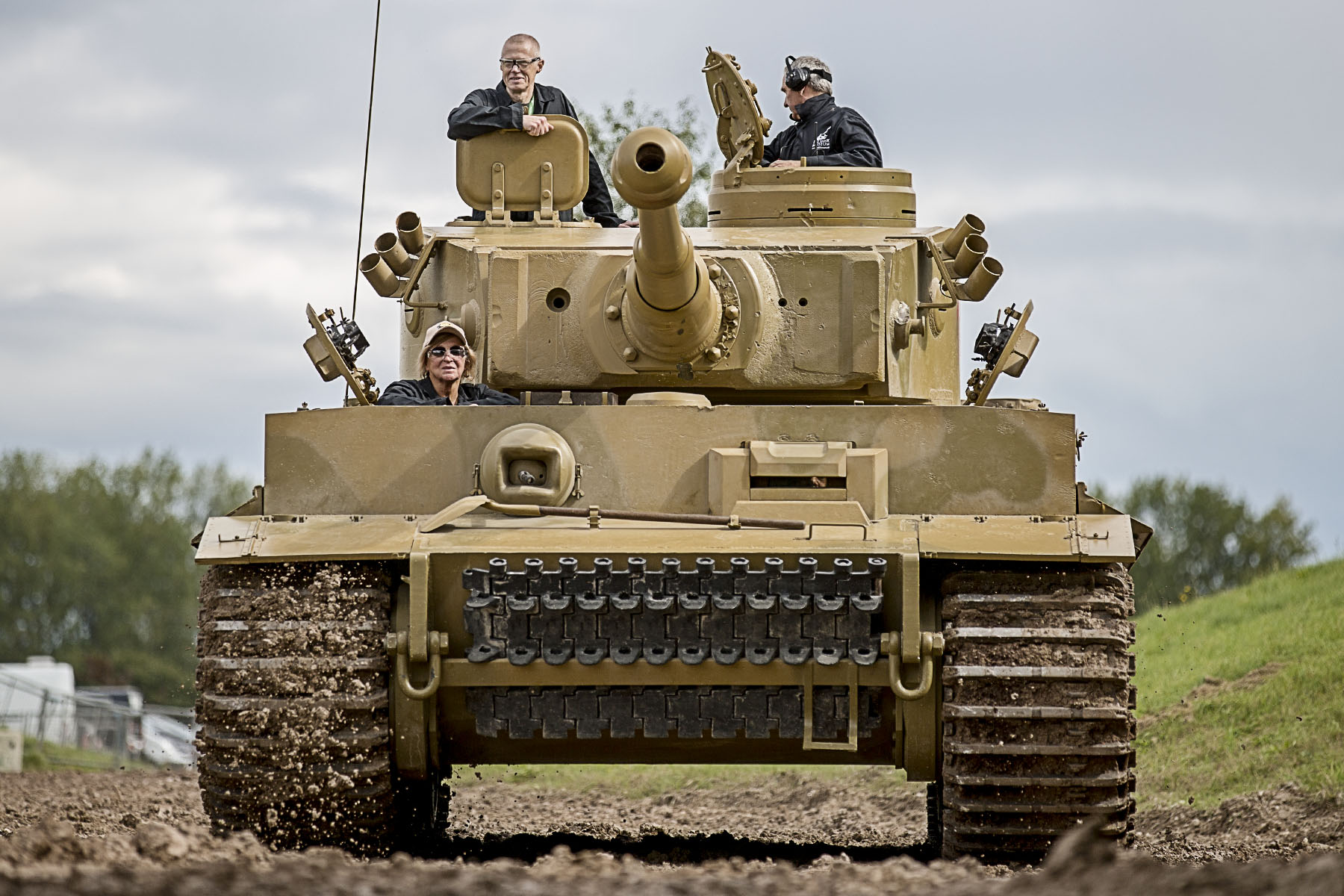
The Rise of Tiger 131
Tiger 131 was born in the crucible of war, constructed in 1942 and pressed into service within the Wehrmacht. It would go on to participate in significant battles, including the Second Battle of El Alamein during the North African Campaign. However, its fate would take a turn on April 24, 1943, when a British anti-tank round found its mark, immobilizing the powerful beast. The tank was abandoned on the battlefield and later fell into British hands.
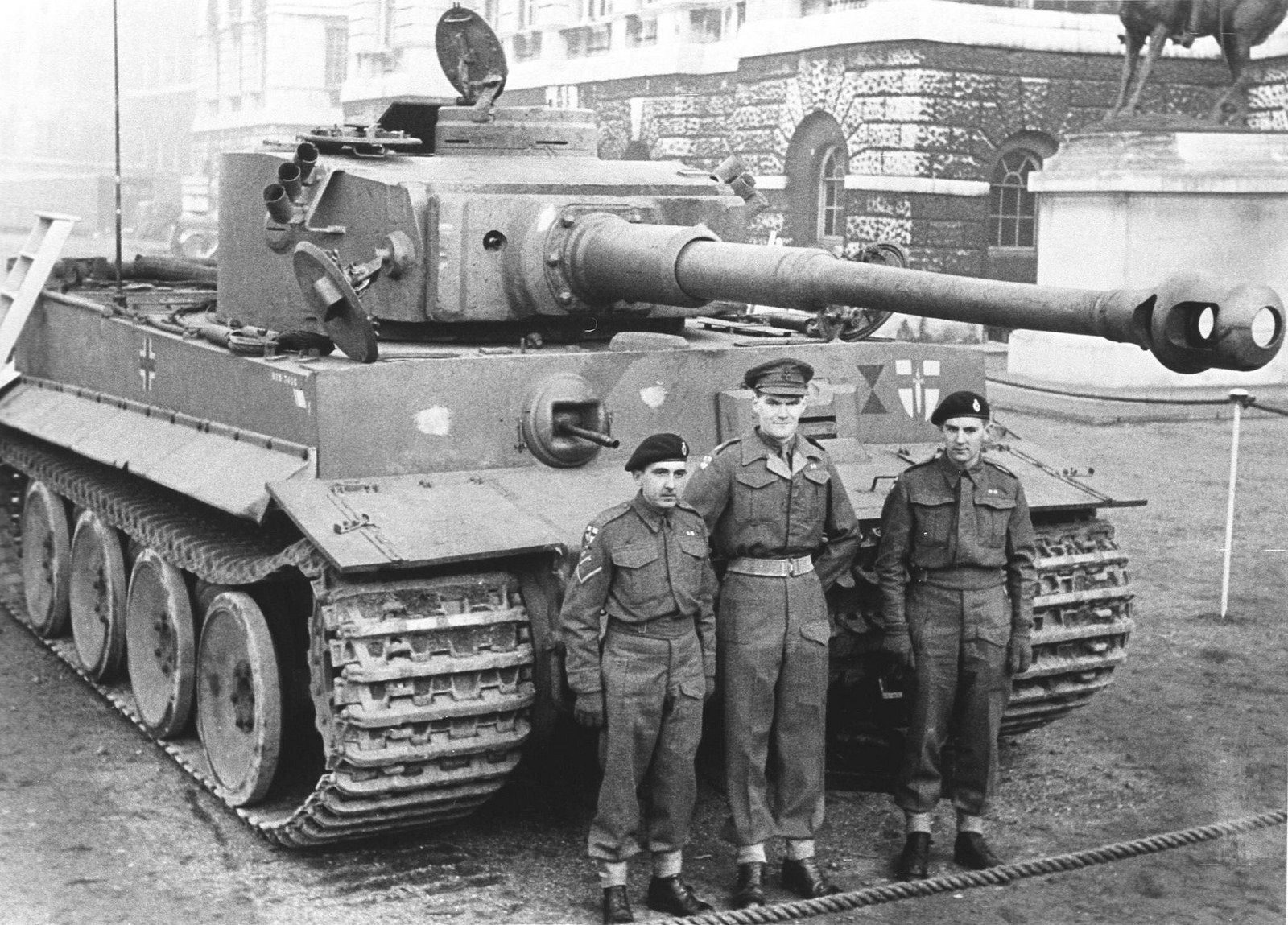
The Journey to Preservation
Tiger 131’s journey from capture to preservation is a remarkable story in itself. The tank was transported to England, where it underwent restoration efforts. This painstaking process aimed to revive the war machine, ensuring that it would serve as a living testament to the history it had witnessed. In 1972, Tiger 131 found its permanent home at the Tank Museum in Bovington, where it has since become a revered exhibit.
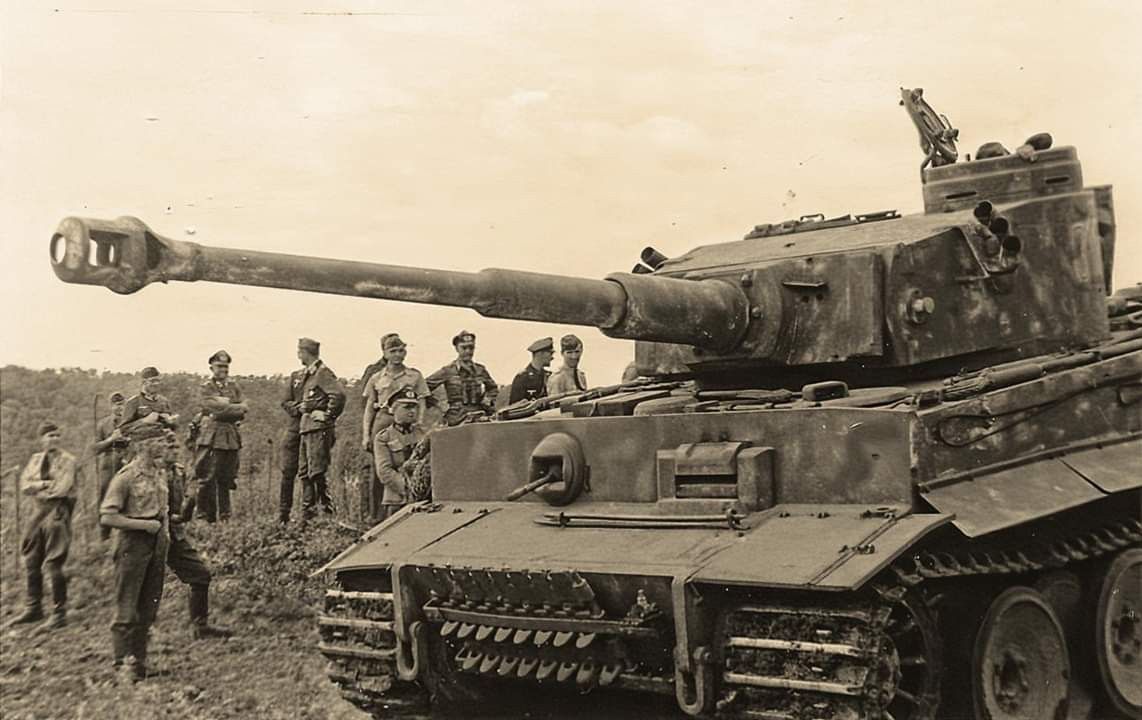
A Symbol of Power and Destruction
Tiger 131 is not merely a relic; it is a symbol of the sheer might and devastation wrought by heavy tanks during World War II. Its presence at the Tank Museum makes it one of the most sought-after attractions in the world, drawing history enthusiasts and tourists alike. The tank’s imposing figure and rich history tell the tale of its time in combat, preserving the memory of a tumultuous era.
Key Technical Specifications of Tiger 131:
Weight: 57 tons Length: 7.3 meters Width: 3.7 meters Height: 3.0 meters Engine: Maybach HL 210 P45, 700 horsepower Maximum Speed: 40 km/h Main Gun: 88mm KwK 36 L/56 Crew: 5 members
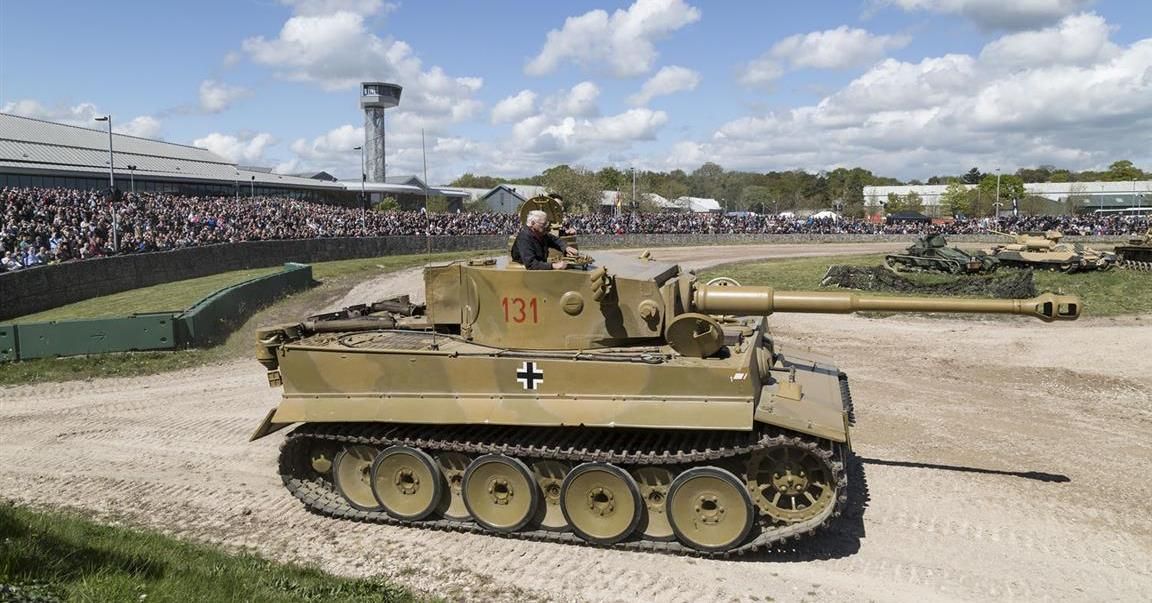
Conclusion
Tiger 131’s existence is a living testament to the era of World War II and the monumental impact of heavy tanks in the annals of military history. It is an iconic symbol of the raw power and destruction that such tanks could unleash on the battlefield. The tank’s preservation at the Tank Museum ensures that future generations can appreciate and reflect on the significance of this historic relic, keeping the memory of World War II and the role of the Tiger tank alive for years to come.


